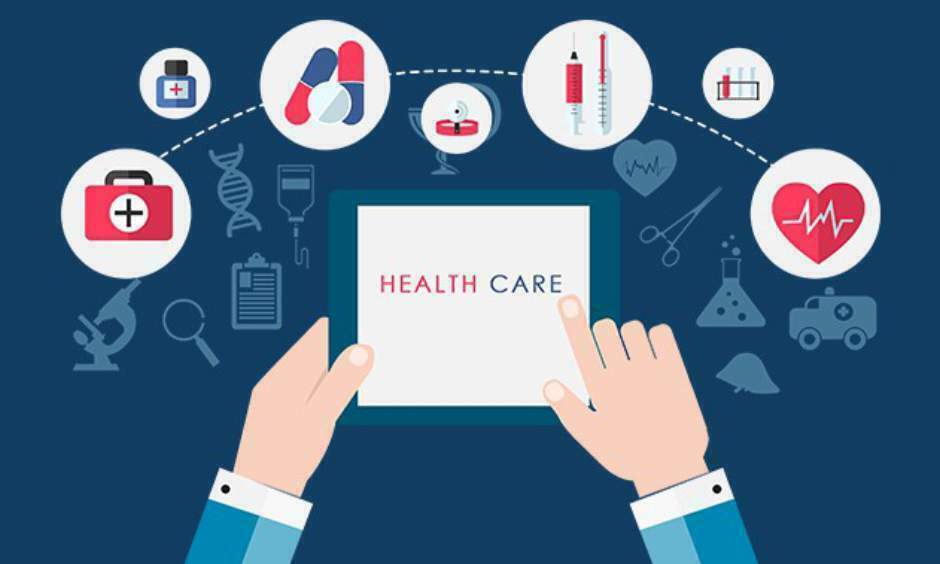The National Health Insurance (NHI) is not a radical shift to dismantle a functioning system, but an opportunity to review two poorly functioning ones. The public sector sees very high volumes of patients but gives them bad service and produces very poor outcomes. The private sector is modeled on low-volume, high-cost care — it uses its huge quantities of resources badly, to service very few people.
As the health market inquiry report makes clear, the large, commercial medical schemes are resisting needed reforms which, with better productivity, would lead to the convergence of the two systems. In particular, they persist with an outdated tariff system that pays for services, not outcomes, and doesn’t support team-based delivery models. This is probably because it threatens their claim payment and “managed care” models that justify a very high income. This strategy is
counterproductive for their members.
SA cannot move forward socially or economically without convergence. We need a high functioning universal healthcare system — one that can provide high volumes of quality care at low cost. One that uses all available resources, assigns funding according to need and rewards value (the best outcomes, at the lowest costs) when it is delivered.
The challenge for all stakeholders is how best to transition to such a system, one that places patients at the centre of its model, with service by multi-disciplinary teams providing continual and proactive care. The transition must be compelling and safe for clinicians. It must be an attractive vision, have realistic milestones and pose no threat to clinician income. It must produce a system that is affordable for all South Africans.
No value for money
This is what the NHI proposes to do: it has as its premise the separation of the supply of healthcare from the role of an agency purchasing it, in line with international best practice. Since 2000, medical schemes have been cast the role of purchaser, but none has taken it beyond pursuing good prices from providers. Instead of actively commissioned, new, highly productive models, they have overseen rapidly rising premiums. The health market inquiry report vividly describes how schemes have failed their members by not buying overall value for money, despite the reform road being perfectly clear.
The purchaser role put forward by the NHI is the proper one, however, with providers competing for contracts from a large purchaser based on the value they deliver. It sets out to quickly drive vast improvements in how care is delivered to bring down the cost of comprehensive medical care. It plans for a major shift towards community-based care, instead of today’s hospital plans. And it supports widespread multi-disciplinary teamwork, a much more effective and cost-efficient model.
The NHI is not a move to dismantle the commercial sector, it’s a call to action for much-needed reforms. A commercial sector that offers high-value services will provide them for an NHI purchaser, which has no preference for publicly owned, commercial or not-for-profit providers. Made subject to market competition, public-sector services will need to tremendously improve their delivery of care or face losing their funding.
We need to acknowledge that, as it currently stands, neither system produces good value, essentially because they are badly structured. They are built around the convenience of clinicians — bringing sick patients to multiple hospitals, clinics or private rooms for care. Doctors are paid and work as individuals, which hinders multi-disciplinary input and results in reactive rather than proactive healthcare. Both systems have poor process management, which cannot manage patients with multiple problems. In different ways, both have badly misaligned incentives for the practitioners who work within them.
Healthcare stakeholders must get out of the weeds and stop resisting change by disputing unspecified details of the proposed NHI. Stakeholders should be urged to rather embrace the NHI framework as a step in the right direction, one that will spur the sector to action, and out of its current stasis.

